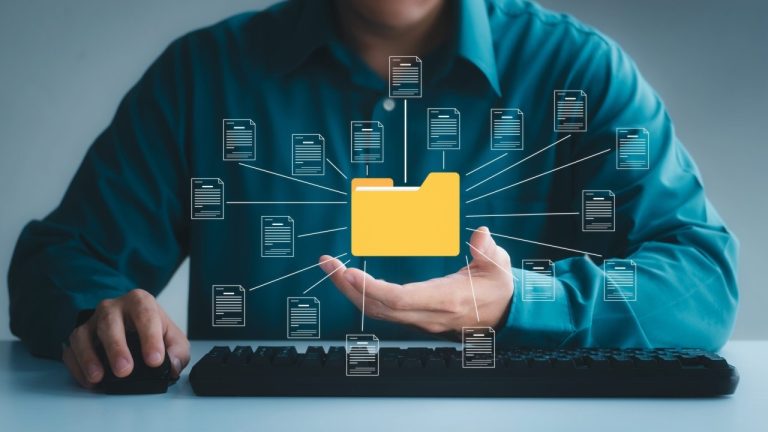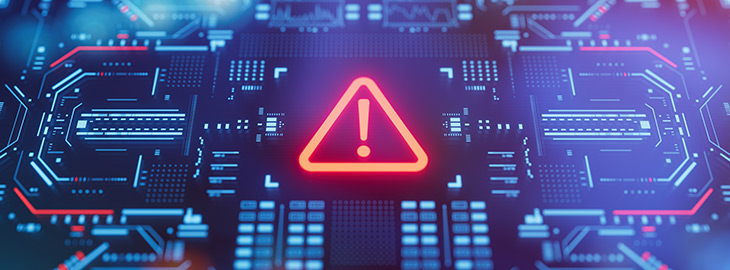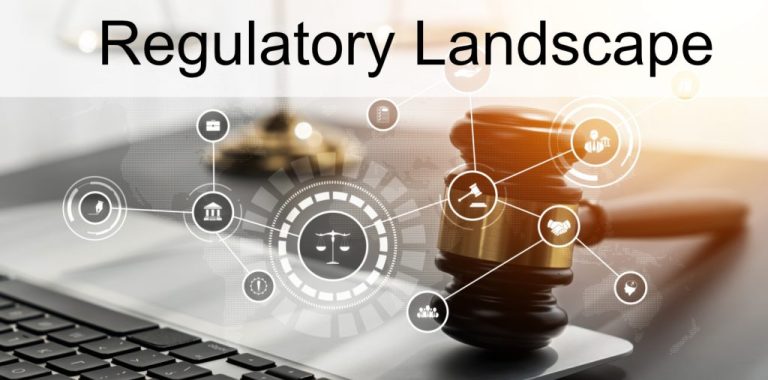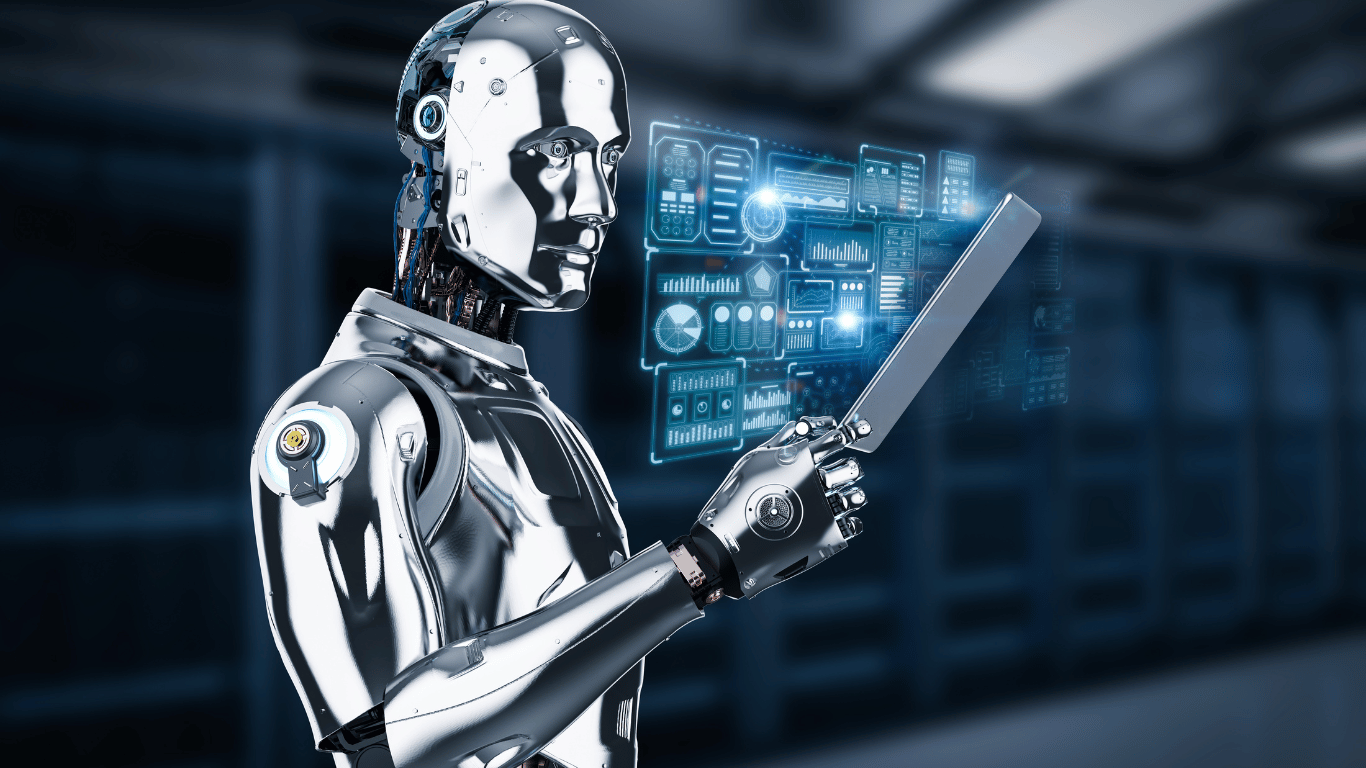


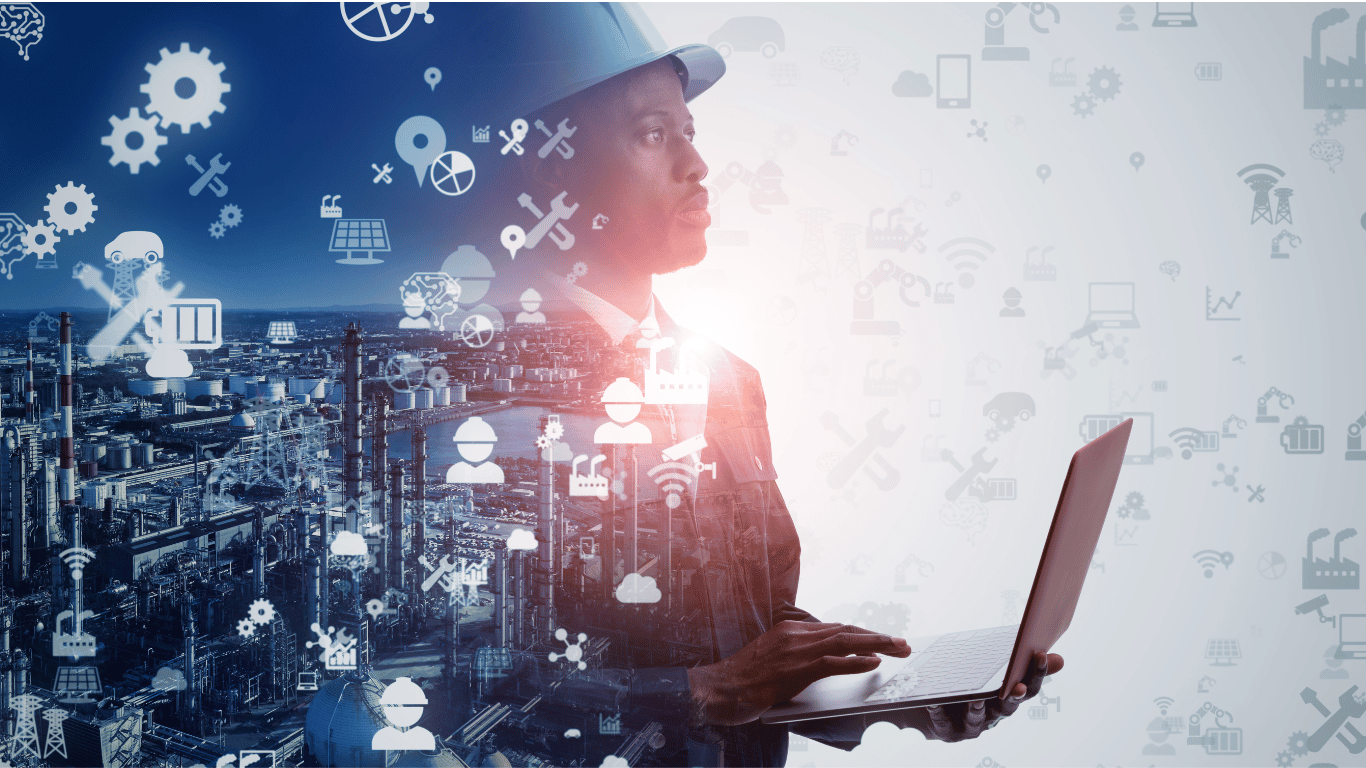
In today’s digital age, automation stands as the driving force behind operational efficiency and competitive advantage for businesses worldwide. Yet, as organizations lean into robotics and intelligent automation, the demands placed on their IT infrastructure have never been greater. Outdated legacy systems, remnants of a bygone era, struggle to keep pace with the agility and scalability required by modern automation. Thus, future-proofing your IT infrastructure emerges as the linchpin of successful automation implementation.
Navigating Legacy System Challenges
Legacy IT infrastructure, with its on-premise hardware and fragmented applications, presents formidable hurdles to integrating automation seamlessly:
- Performance Bottlenecks: Outdated systems often lack the processing power and storage capacity needed to handle the influx of data generated by automation, leading to sluggish performance and diminished ROI.
- Scalability Limitations: Legacy setups struggle to adapt resources dynamically, hindering growth and operational agility.
- Security Vulnerabilities: Known security flaws in legacy systems become prime targets for cyber threats, jeopardizing sensitive data and business continuity.
- Integration Complexity: Connecting legacy systems with modern automation solutions proves intricate and time-consuming, impeding workflow efficiency.
Modernization Strategies for a Resilient Future
Thankfully, several forward-looking strategies can future-proof your IT infrastructure for the automation age:
- Embrace Cloud Migration: Transitioning to cloud-based infrastructure offers unparalleled scalability and flexibility, empowering organizations to match automation’s dynamic resource demands seamlessly.
- Harness Infrastructure as Code (IaC): Treating infrastructure configurations as code enables automated provisioning, configuration, and management, streamlining deployments and minimizing human errors.
- Adopt Software-Defined Everything (SDx): SDx solutions deliver enhanced control over network and storage resources, facilitating automated provisioning and management while bolstering security measures.
- Embrace Containerization: Leveraging containerization technologies like Docker facilitates faster deployments and smoother integration with automation tools, promoting stability and security.
- Embrace Microservices Architecture: Decomposing monolithic applications into microservices enhances agility and resilience, fostering easier integration with automated workflows.
Benefits of Modernization: Fueling Automation Success
By strategically modernizing their infrastructure, businesses stand to reap a host of benefits in support of their automation endeavors:
- Enhanced Performance: Modernized infrastructure equips organizations with the processing power and bandwidth needed to drive robust automation operations, fostering improved operational efficiency.
- Improved Scalability: Cloud-based and containerized solutions enable swift resource scaling, ensuring businesses can adapt seamlessly to evolving demands.
- Heightened Security: Modern platforms come fortified with built-in security features, safeguarding critical data against evolving cyber threats and ensuring the reliability of automated workflows.
- Seamless Integration: Modern architectures simplify the integration of legacy systems with new automation solutions, eliminating bottlenecks and optimizing data flow efficiency.

In Conclusion: Navigating the Automation Frontier
Future-proofing your IT infrastructure is not merely an option but a strategic imperative in unlocking the full potential of automation. By embracing modernization initiatives, organizations can chart a course toward enhanced efficiency, agility, and growth. Moreover, partnering with innovative IT consulting firms can provide invaluable guidance throughout the modernization journey:
- Strategic Planning: Collaborate with IT consultants to assess your infrastructure, define automation goals, and devise a comprehensive modernization roadmap.
- Vendor Selection and Implementation: Leverage consultant expertise to navigate the landscape of cloud providers and containerization solutions, ensuring seamless integration and implementation.
- Change Management: Develop effective change management strategies to minimize disruption and ensure smooth user adoption of new systems.
- Ongoing Support and Optimization: Rely on IT consultants for ongoing support, security updates, and optimization, ensuring sustained success beyond implementation.
As automation continues to evolve, staying ahead of the curve requires a commitment to continuous innovation. By fostering a culture of adaptation and keeping abreast of emerging technologies, businesses can future-proof their operations and harness the transformative power of automation for years to come.

